
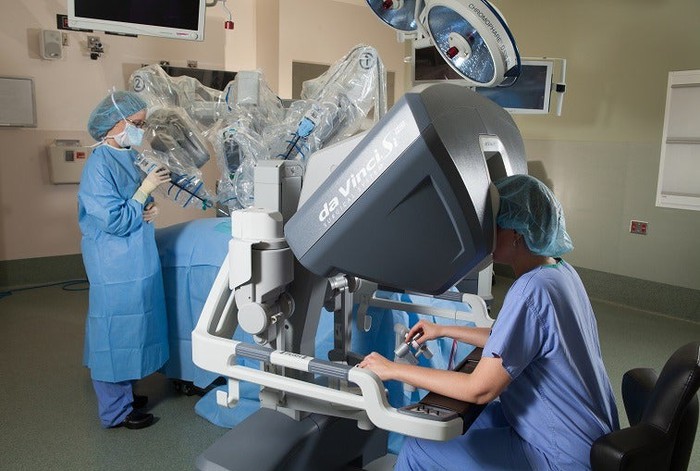
Greater precision and dexterity than human surgeons

"The market is not going to turn back to straight surgical tools and instruments. It would be like going back from word processors to pencils and paper."

Bob Duggan
Computer Motion began in 1989 as a robotics research lab with funding from NASA. The firm’s focus soon shifted to medical robotics, producing the first FDA-approved surgical robot in 1994, a voice-controlled endoscopic camera called Aesop.
Aesop was followed by ZEUS, a robocam capable of transmitting internal images and performing surgical cuts. Doctors sitting at a monitor could see endoscopic images and use computer-attached grips to guide the robotically-controlled surgical instruments. With greater precision and dexterity than human surgeons, ZEUS allowed doctors to perform previously impossible procedures through incisions as small as 5mm. For coronary bypass patients, this meant avoiding having the chest cracked open and the heart stopped.
Initially, patients and doctors using ZEUS were typically no farther apart than the next room. Subsequent operations were performed remotely, at great distances, with ZEUS images being transmitted in real-time to the doctor through end-to-end fiber. The first transatlantic operation performed in this way became known as the Lindbergh operation.
Another company, Intuitive Surgical, was simultaneously working on parallel technology, resulting in a series of patent lawsuits between Computer Motion and Intuitive Surgical. Mainly due to personal interventions by Bob Duggan, an amicable win-win solution was arrived at in March 2003, with the two companies merging. This pooling of resources and expertise has helped greatly increase the availability of robotic technology for patients’ benefit.
On September 7th, 2001, the Lindbergh operation was conducted. It was the first-ever operation of its type and clearly demonstrated the possibilities of Robot-Assisted Surgery technology.
This completely telesurgical operation was carried out by a team of French surgeons located in New York. The patient was several thousand miles away in Strasbourg, France. The operation used telecommunications technology based on high-speed services and the sophisticated ZEUS surgical robot.
The operation was performed successfully by Professor Jacques Marescaux and his team from the IRCAD (Institute for Research into Cancer of the Digestive System). It was the first time that a telecommunications solution proved capable of reducing the time delay inherent in long-distance transmissions sufficiently to make such a procedure possible.
The Computer Motion system had three main components: a surgeon console, a computer controller, and an array of specially designed instrument tips attached to robotic arms.
The console consisted of a video monitor and two custom instrument handles that resembled those of traditional microsurgical instruments. The surgeon sat at the console and manipulated these instrument handles; their motions were relayed mechanically to a computer controller. These motions were then digitized, and with specially designed software were filtered and scaled. This information was relayed in real-time to robotic arms attached to the operating room table. These arms held especially designed endoscopic instruments, positioned in the patient through 5-mm ports. A third robotic arm was used to control the endoscope, which was under direct voice control and responded to a set of more than 20 simple commands.
The power of robotically-assisted surgical systems lies in incorporating a digital interface between the instrument handle and tip. The computer software is able to manipulate the surgeon’s digitized movements to enhance dexterity. A dramatic difference from open surgery is that the surgeon visualizes the operative field on a video monitor, which provides several important advantages. Traditional open procedures are performed with the assistance of surgical loupes, and magnification is typically 2.5x to 3.0x. However, much greater magnification (10x to 20x) can be achieved with a standard endoscope. When working on small coronary vessels, this extra magnification can enhance anatomic detail and facilitate micro-suturing.
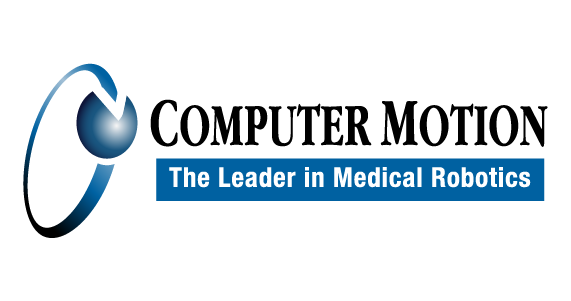
Report on the historical Intuitive Surgical vs. Computer Motion case
24 Mar 2010
Go to linkComputer Motion receives $2m grant for telesurgery training
05 Nov 2001
Go to linkTransatlantic robot-assisted telesurgery
27 Sep 2001
Go to linkThe famous Lindbergh Operation is conducted by surgeons in New York on a patient in Strasbourg, France, using the Computer Motion ZEUS system
07 Sep 2001
Go to linkThe Essential Interview: Yulun Wang, founder of InTouch Health
11 Nov 2015
Go to linkEmergence of robotic-assisted surgery in gynecologic oncology: American perspective
01 Aug 2009
Go to linkIntuitive Surgical and Computer Motion announce merger agreement
07 Mar 2003
Go to linkMovers and Shakers: Robert W. Duggan – CEO
13 Aug 2002
Go to linkSurgical robotics. Evaluation of the Computer Motion AESOP 3000 robotic endoscope holder
01 Jul 2002
Go to linkMedical team operate via robot – 4,000 miles away
20 Sep 2001
Go to linkAn overview of the Computer Motion System
01 Aug 2001
Go to linkLook, no hands
30 Apr 2001
Go to linkDistance makes the heart grow stronger
01 Nov 2000
Go to linkZEUS robotic surgical system
Nasa Spinoff: Robotic Surgery
"With Computer Motion, the fortunate thing is that I found some business mentors. One, in particular, was Bob Duggan, who really was instrumental in helping me learn how to be an entrepreneur and to drive that to its level of success."
Yulun Wang
An inventor and authority on healthcare robotics
Report on the historical Intuitive Surgical vs. Computer Motion case
24 Mar 2010
Computer Motion receives $2m grant for telesurgery training
05 Nov 2001
Transatlantic robot-assisted telesurgery
27 Sep 2001
The famous Lindbergh Operation is conducted by surgeons in New York on a patient in Strasbourg, France, using the Computer Motion ZEUS system
07 Sep 2001
The Essential Interview: Yulun Wang, founder of InTouch Health
11 Nov 2015
Emergence of robotic-assisted surgery in gynecologic oncology: American perspective
01 Aug 2009
Intuitive Surgical and Computer Motion announce merger agreement
07 Mar 2003
Movers and Shakers: Robert W. Duggan – CEO
13 Aug 2002
Surgical robotics. Evaluation of the Computer Motion AESOP 3000 robotic endoscope holder
01 Jul 2002
Medical team operate via robot – 4,000 miles away
20 Sep 2001
An overview of the Computer Motion System
01 Aug 2001
Look, no hands
30 Apr 2001
Distance makes the heart grow stronger
01 Nov 2000
ZEUS robotic surgical system
Nasa Spinoff: Robotic Surgery
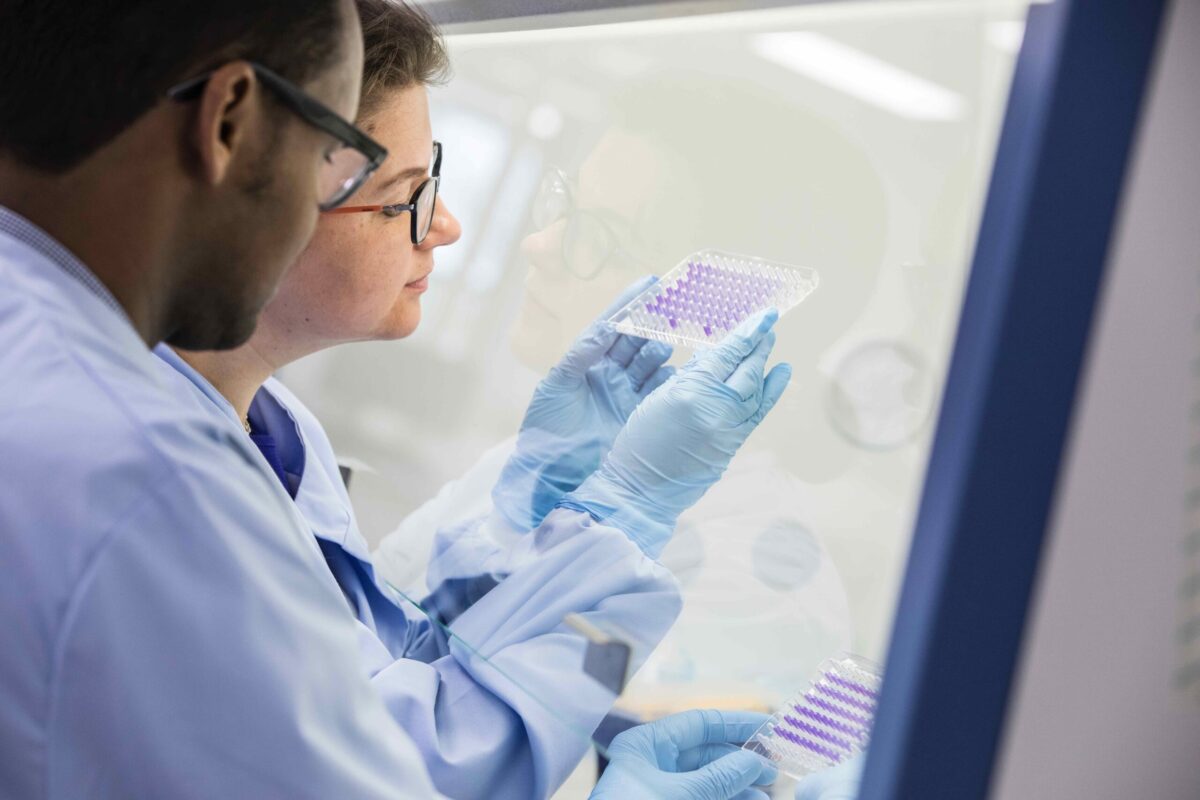
Summit Therapeutics

Pulse Biosciences
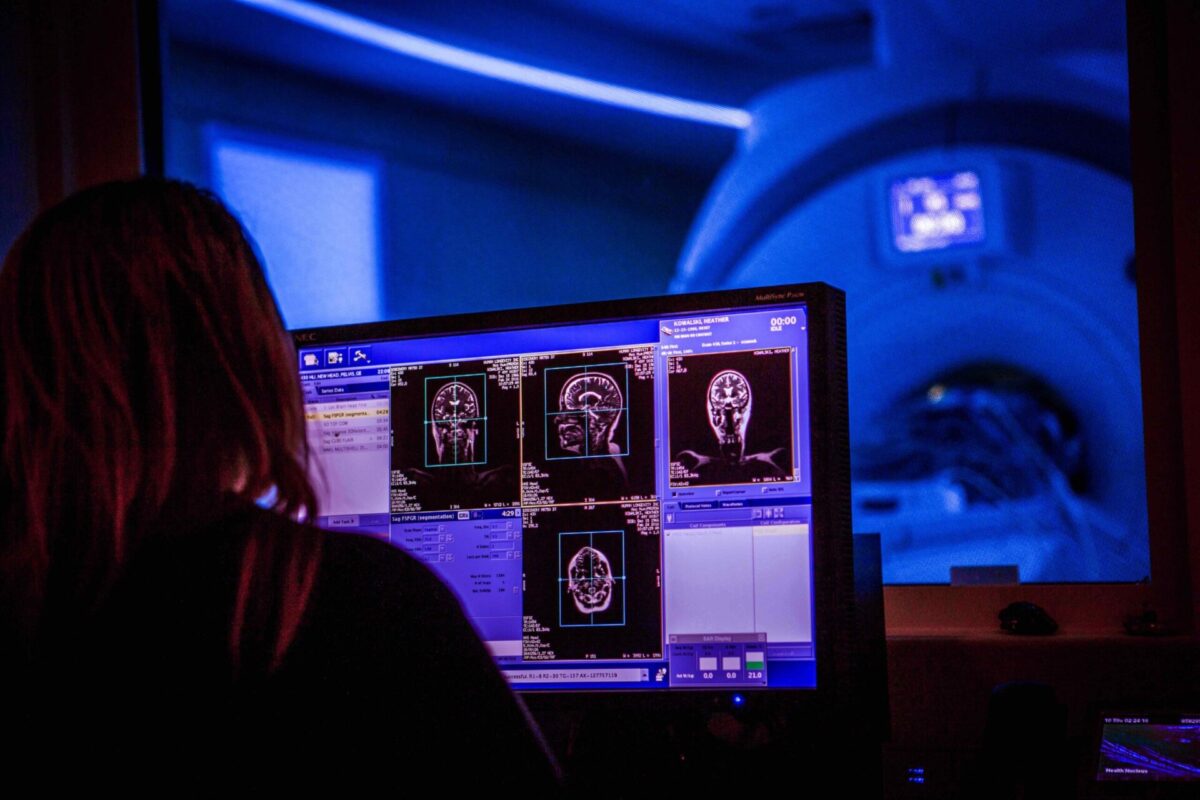
Human Longevity Inc

Pharmacyclics
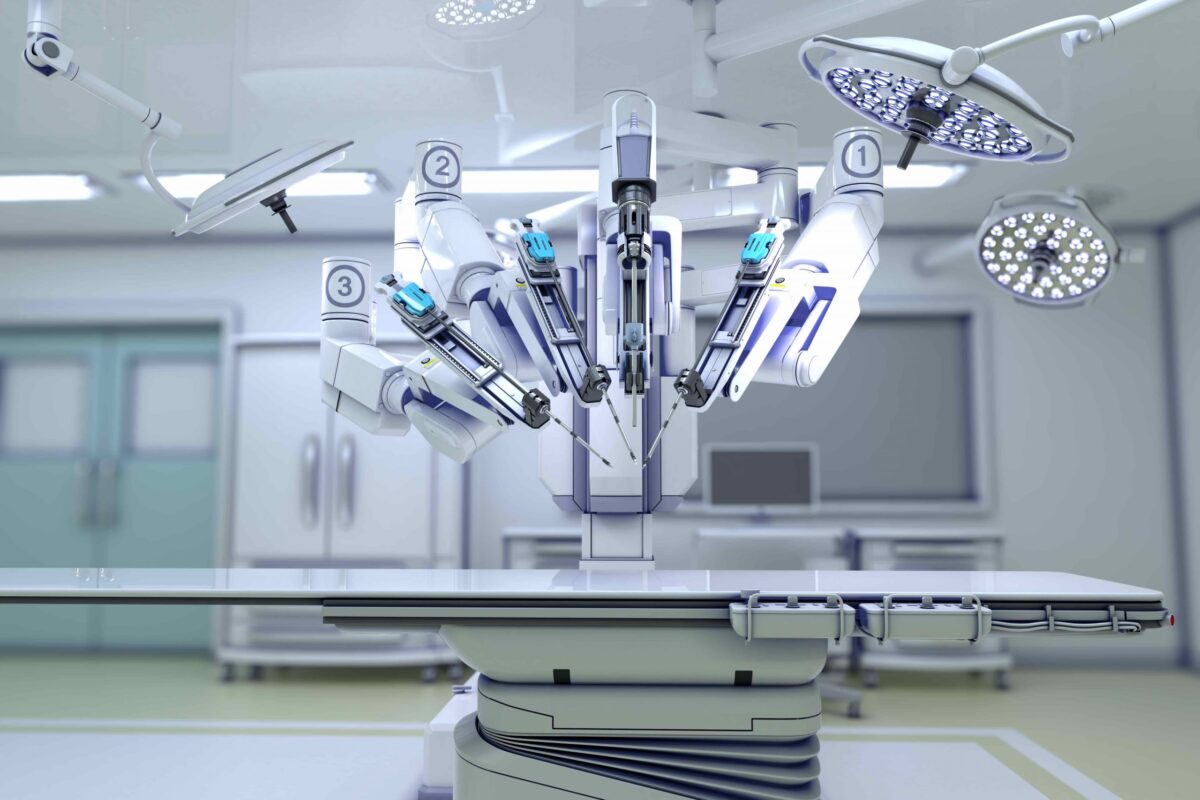
Intuitive Surgical

Computer Motion
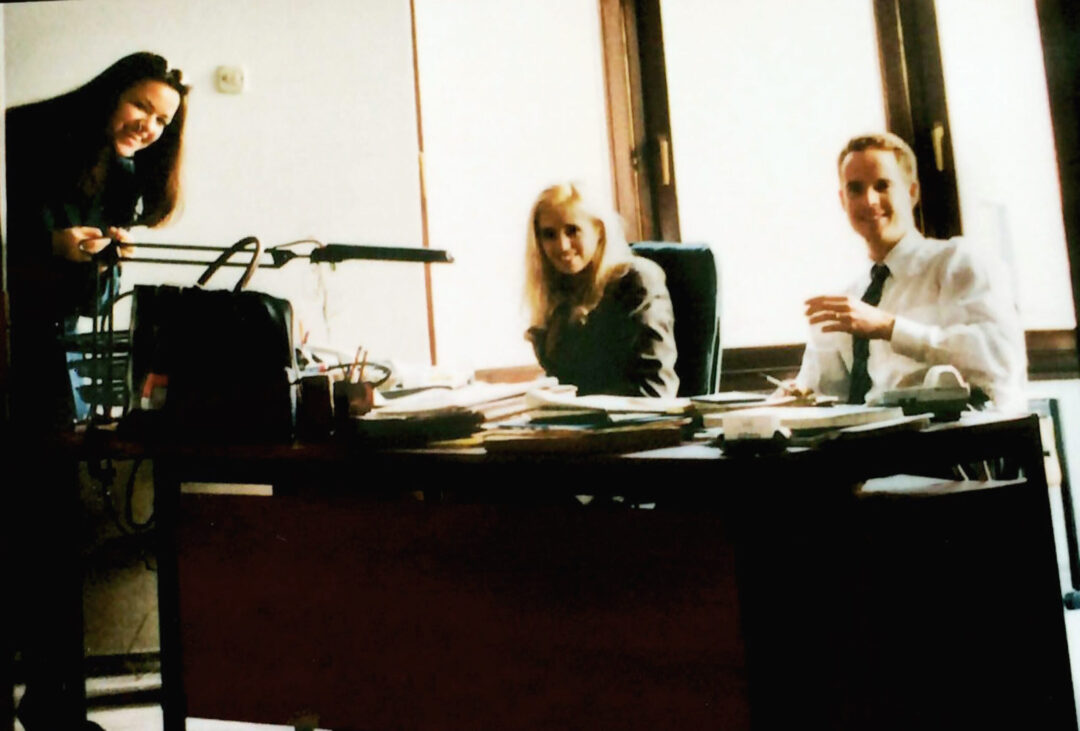
Metropolis Media
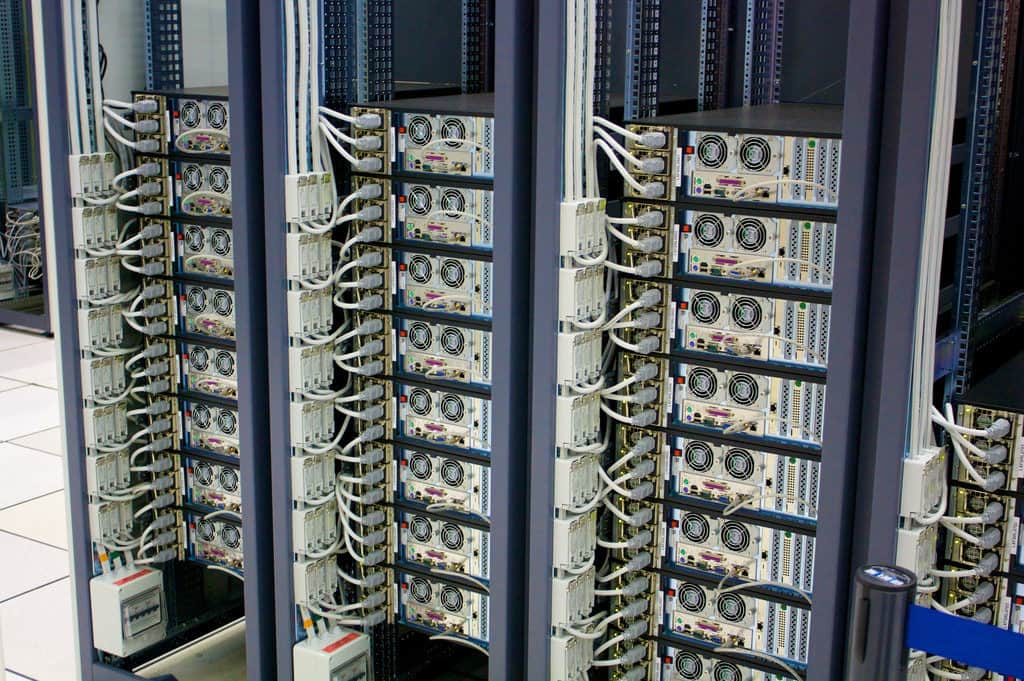
Communication Machinery Company
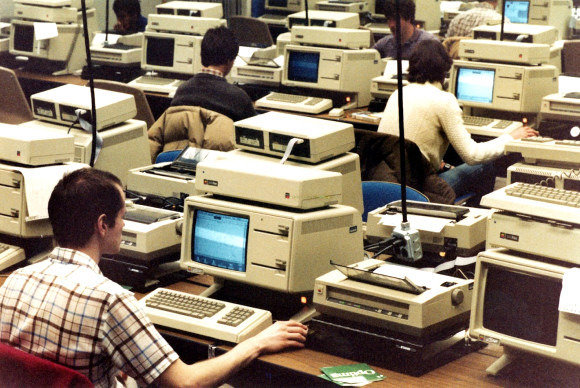
Government Technology Services
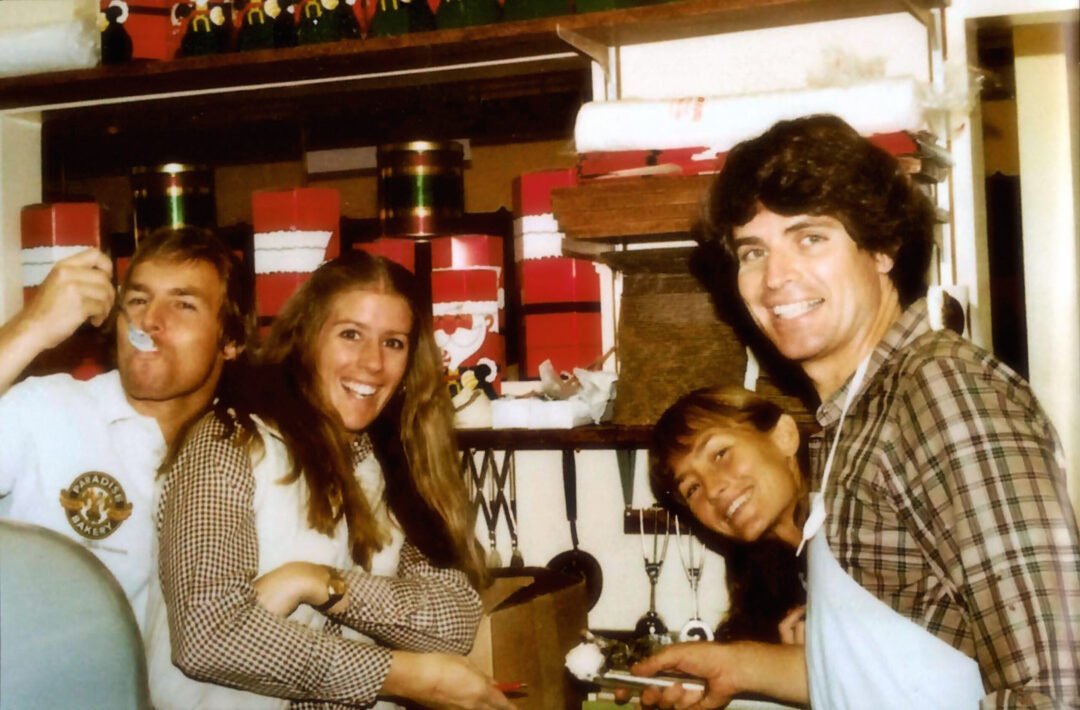
Paradise Bakery

Sunset Designs